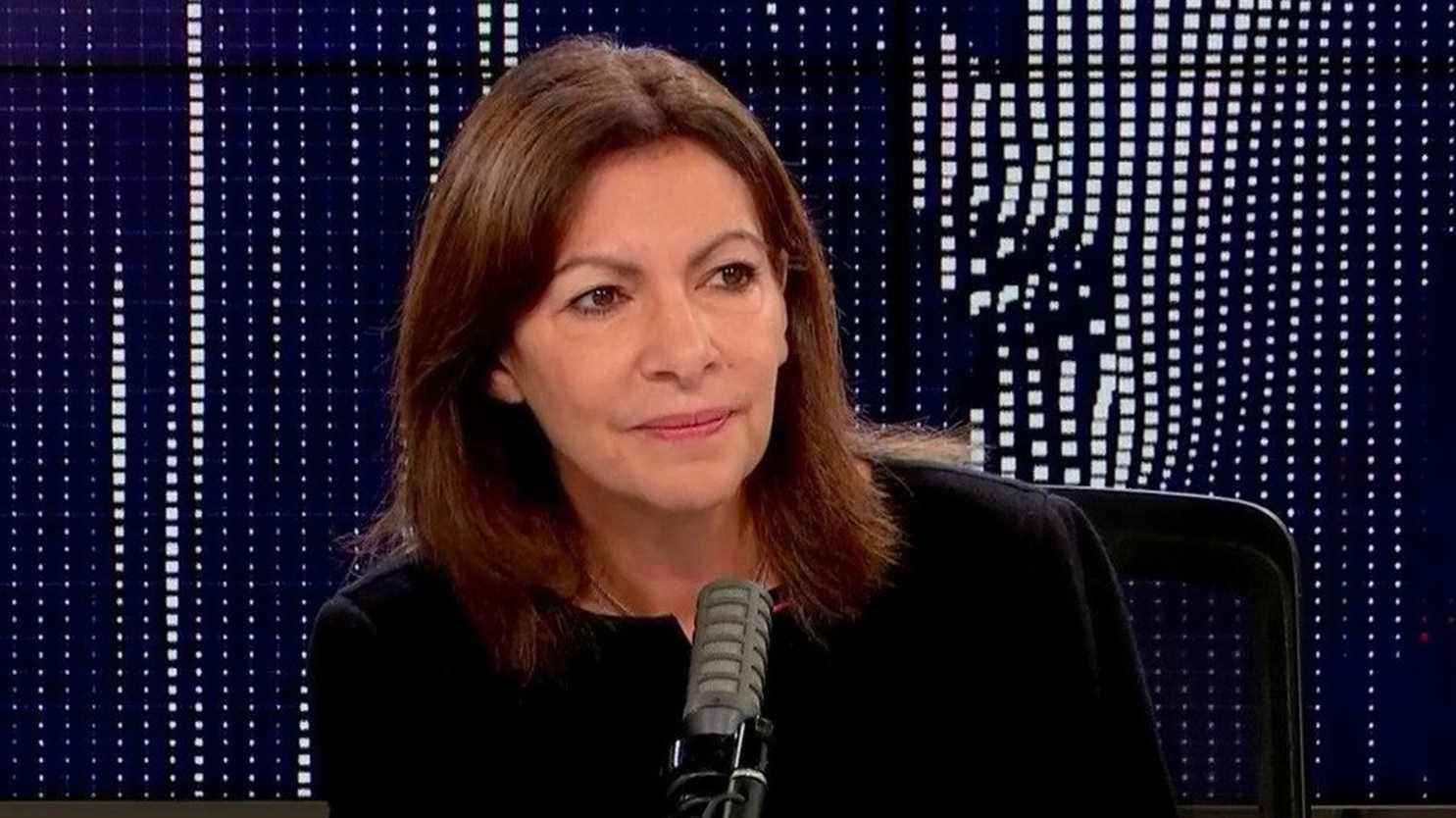Anne Hidalgo was the guest of franceinfo’s “presidential mornings”, Monday, October 25. After listening to all these previous interventions, Clément Viktorovitch analyzed the rhetoric of the mayor of Paris and PS candidate for the 2022 presidential election.
Anne Hidalgo has tendency to make long sentences. For example : “What the government is doing today, for example by attacking the city of Paris because I refuse to increase the working time, for example garbage collectors, I refuse to increase the working time of a number of staff who work on early childhood because these people have extremely difficult working conditions and they have been on the front line, they have been on the front line and we are rewarding them like that, I can clearly see this government, which in fact is a right-wing movement and no longer hides it, is a government that does not want to pose its subjects who are the subjects of social progress. ” More than 30 seconds for a single sentence. It’s a lot. Anne Hidalgo is arguably one of the most complex syntactic political speakers.
At least three rhetorical habits mark his speeches. The first is quite simple, it almost never immediately answers the questions put to it, but begins by providing a little context. “First, I think that politicians are justiciable like the others (…) First, I feel that people are very worried (…) First, I respect the vote of the militants (. ..) First in Paris, to rule out this subject (…) First, you have to talk to the French. ” A real rhetorical strategy called framing. It consists, before providing an answer, in first putting forward a certain number of presuppositions, which can sometimes lead to drifting until no longer fully answering the question that was initially asked.
But she doesn’t just add details before responding, she does so during her responses as well. This results in the frequent use of a very precise grammatical form, the subordinate clause. “To set this horizon, of course, which is that of countries which are successful elsewhere, including in their education system (…) The most effective is all the same to play on taxes, which ‘have made other countries (…) This period of unemployment, which is always a dramatic period for everyone (…) The country must be equipped with recharging terminals, which is not not everything provided for in the government’s stimulus plan either … ”
We have here a few examples of subordinate proposals that should revive each and every one of us our memories of schoolchildren. Here again, it does not seem like much, but it is in reality a rhetorical tool which is not trivial. This type of proposition indeed has the characteristic of moving back the end of the sentence, or even the arrival of the verb in the sentence. It is true that this can tend to complicate your statements. But it also makes it harder for you to interrupt. Which, in the context of an interview, is not the least of the assets.
But that’s not all. A last rhetorical tool perfectly complements the first two since, not content to add details at the beginning and during the sentence, Anne Hidalgo also does it at the end. It is very common that she voluntarily lengthens her answers. This can be seen from the multiplication of coordinating conjunctions. “And then, you know if we take the subject from the economic end (…) And then, it is also a national subject (…) And then, to the question of all salaries (…) And besides, it is often they who do not have the solutions (…) path…” A small “and then” a subtle “and elsewhere”, even a “therefore” sufficiently firm to discourage a raise, and voila. Anne Hidalgo keeps the floor while having the free field to bring it exactly where she wants it.
In her rhetoric, Anne Hidalgo uses a set of procedures that allow her to maintain control over questions, sometimes even taking a few detours before answering.
